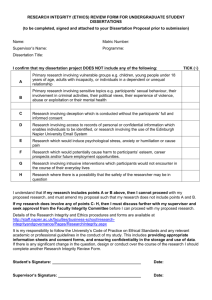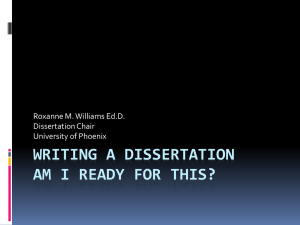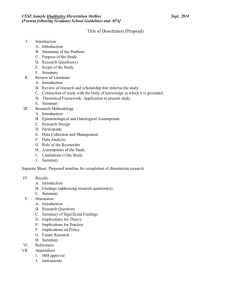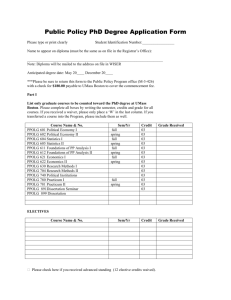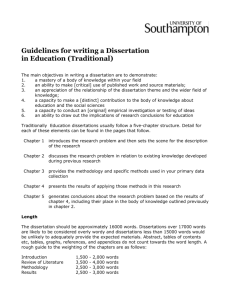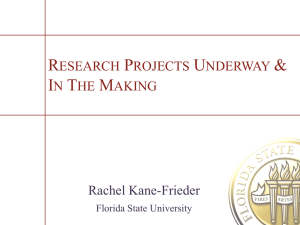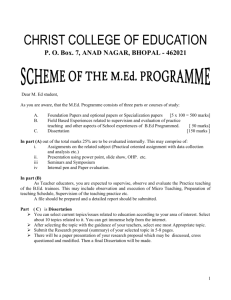Political Representation in the European Union. A Multi
advertisement
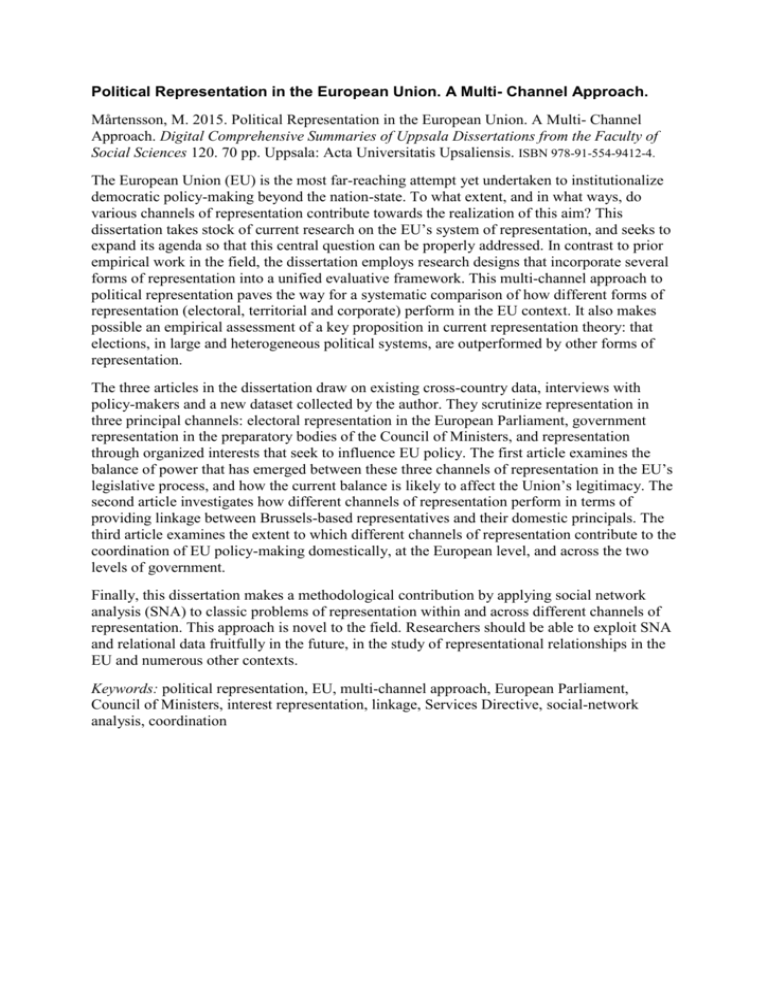
Political Representation in the European Union. A Multi- Channel Approach. Mårtensson, M. 2015. Political Representation in the European Union. A Multi- Channel Approach. Digital Comprehensive Summaries of Uppsala Dissertations from the Faculty of Social Sciences 120. 70 pp. Uppsala: Acta Universitatis Upsaliensis. ISBN 978-91-554-9412-4. The European Union (EU) is the most far-reaching attempt yet undertaken to institutionalize democratic policy-making beyond the nation-state. To what extent, and in what ways, do various channels of representation contribute towards the realization of this aim? This dissertation takes stock of current research on the EU’s system of representation, and seeks to expand its agenda so that this central question can be properly addressed. In contrast to prior empirical work in the field, the dissertation employs research designs that incorporate several forms of representation into a unified evaluative framework. This multi-channel approach to political representation paves the way for a systematic comparison of how different forms of representation (electoral, territorial and corporate) perform in the EU context. It also makes possible an empirical assessment of a key proposition in current representation theory: that elections, in large and heterogeneous political systems, are outperformed by other forms of representation. The three articles in the dissertation draw on existing cross-country data, interviews with policy-makers and a new dataset collected by the author. They scrutinize representation in three principal channels: electoral representation in the European Parliament, government representation in the preparatory bodies of the Council of Ministers, and representation through organized interests that seek to influence EU policy. The first article examines the balance of power that has emerged between these three channels of representation in the EU’s legislative process, and how the current balance is likely to affect the Union’s legitimacy. The second article investigates how different channels of representation perform in terms of providing linkage between Brussels-based representatives and their domestic principals. The third article examines the extent to which different channels of representation contribute to the coordination of EU policy-making domestically, at the European level, and across the two levels of government. Finally, this dissertation makes a methodological contribution by applying social network analysis (SNA) to classic problems of representation within and across different channels of representation. This approach is novel to the field. Researchers should be able to exploit SNA and relational data fruitfully in the future, in the study of representational relationships in the EU and numerous other contexts. Keywords: political representation, EU, multi-channel approach, European Parliament, Council of Ministers, interest representation, linkage, Services Directive, social-network analysis, coordination







